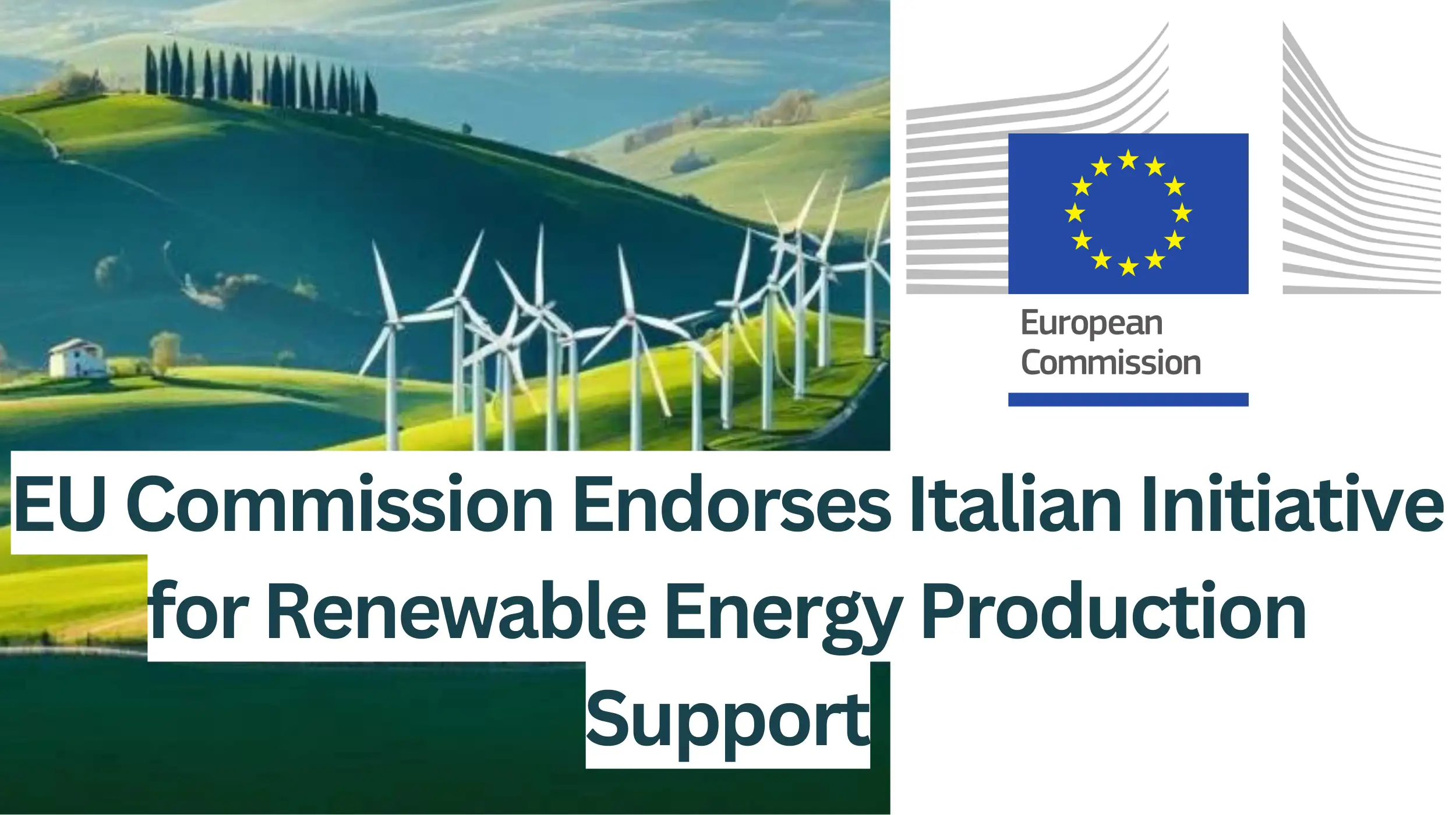Brussels (Brussels Morning) – EU authorizes Italian plan supporting 4590 MW renewable energy. Funding via consumer levy until 2028. Projects include innovative technologies. Compliance with EU guidelines for Green Deal objectives ensured.
The European Commission has authorised, under EU State aid rules, an Italian project to support a total of 4590 MW of new capacity for electricity production from renewable energy sources. The scheme assists the EU’s strategic objectives linking to the European Green Deal while helping to conclude dependence on Russian fossil fuels and fast ahead the green transition.
How will Italy fund its renewable energy projects?
According to the EU Commission, Italy notified the Commission of its intent to introduce a scheme to fund the production of electricity from renewable energy sources. The measure, which will operate until 31 December 2028, will be financed via a levy included in the electricity bills of final consumers.
The scheme will fund the construction of new plants running on innovative and not yet grown technologies, namely geothermal energy, offshore wind power (floating or fixed), thermodynamic solar, floating solar, tidal, wave and other marine energy as well as biogas and biomass. The plants are anticipated to add a total of 4590 MW of renewable electricity power to the Italian electricity system. Relying on the technology, the deadline for successful work to enter into operation varies between 31 to 60 months.
Under the undertaking, the aid will take the form of a two-way agreement for the difference for each kWh of electricity produced and provided into the grid and will be paid for a duration equivalent to the useful life of the plants.
How will beneficiaries be selected for renewable energy projects?
The projects will be determined through a transparent and non-discriminatory bidding process, where heirs will bid on the incentive tariff (the strike price) required to carry out each individual project. The reference cost for electricity will be calculated as the hourly zonal cost, which is the electricity expense at the time the energy is fed into the grid and in the market region where the plant is located.
When the reference price is below the strike price, the beneficiaries will be permitted to receive payments equal to the distinction between the two prices. However, when the reference price is beyond the strike price, the beneficiaries will have to settle the difference with the Italian authorities. The scheme will assure long-term price stability for renewable energy producers by ensuring a minimum level of return, while at the same time providing that the beneficiaries will not be overcompensated for courses when the reference price is higher than the strike price.
How do EU guidelines impact Italy’s renewable energy plan?
The Commission’s 2022 CEEAG guides how the Commission will consider the compatibility of environmental protection, including climate security, and energy aid measures which are subject to the notice requirement under TFEU.
The Guidelines form a flexible, fit-for-purpose enabling framework to support Member States by providing the necessary permission to reach the Green Deal objectives in a targeted and cost-effective method. The rules concern an alignment with the important EU’s goals and targets set out in the European Green Deal and with other recent regulatory differences in the energy and environmental measurements and will cater for the increased importance of climate protection.



